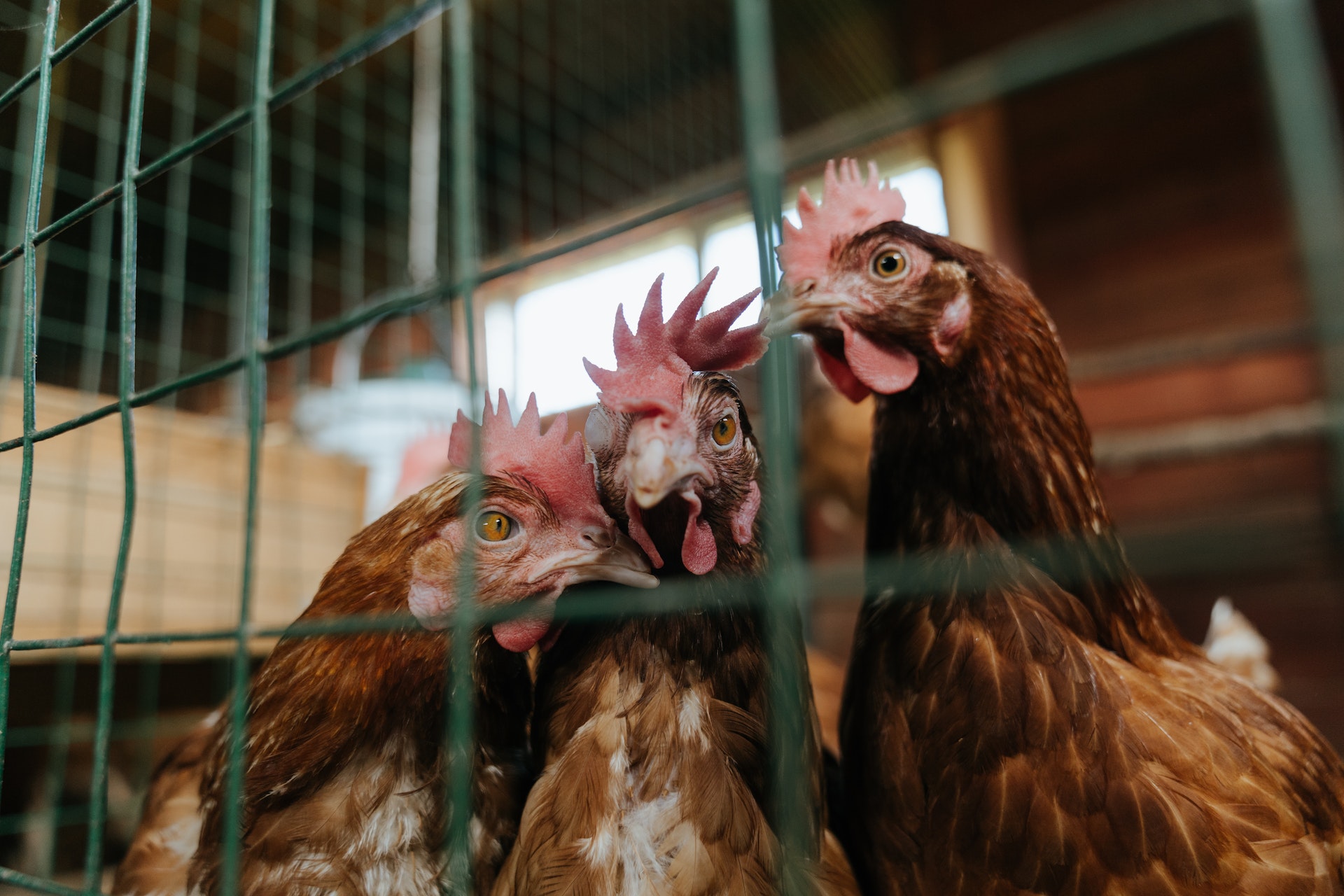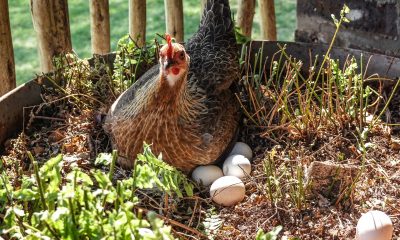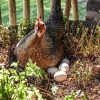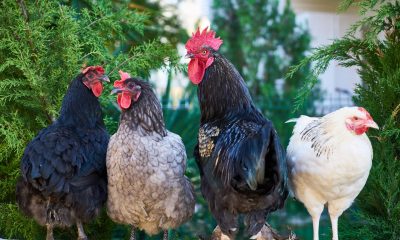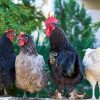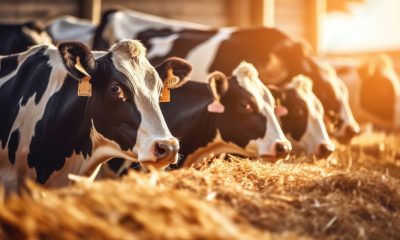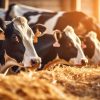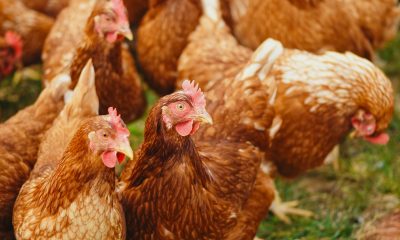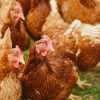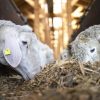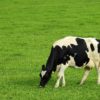Culture
Vertical Farming for Poultry: Maximizing Space and Efficiency in Urban Settings
Introduction
Poultry farming is one of the agriculture sector’s swiftest-growing models, ushering in diverse business prospects in India. This agricultural pursuit involves the commercial raising of various domestic bird species for their eggs, meat, and feathers.
Vertical integration within the poultry farming industry is a strategic methodology encompassing everything from livestock procurement and feeding to breeding, marketing, slaughterhouses, processing facilities, and transportation, all consolidated under one roof. A solitary company assumes ownership and control over multiple production stages in this approach.
Vertical poultry farming can be adopted in closed-cage and cage-free farming systems. Close-cage poultry farming proves highly efficient, conserving land, feed, labour, and other resources while boosting production. The controlled environment maintained by the farmers ensures year-round uninterrupted output. In contrast, free-range poultry farming demands ample space for bird rearing, offering production levels akin to closed-cage systems while safeguarding the welfare of birds and the environment.
Rising Urbanization and Poultry Demand
Urban areas are becoming increasingly crowded, with limited land for traditional agriculture and poultry farming. However, the demand for poultry products, such as eggs and meat, remains high. Vertical farming for poultry emerges as a viable solution to meet this demand while making the most of the limited space in urban environments.
What is Vertical Farming for Poultry?
Vertical farming for poultry involves raising domestic birds, such as chickens or quails, in multi-tiered structures designed to optimize space and resources. These structures can be located in urban settings, including warehouses, buildings, or even repurposed shipping containers. Here are some key benefits of vertical poultry farming in urban areas:
1. Space Efficiency:
The most apparent advantage of vertical farming is the efficient use of space. By stacking poultry cages or enclosures vertically, a relatively small footprint can support many birds. This is crucial in densely populated urban areas where horizontal space is at a premium.
2. Year-Round Production:
Vertical poultry farming allows precise control over environmental conditions, including temperature, lighting, and ventilation. This control means that production can occur year-round, ensuring a consistent supply of poultry products to meet urban demands.
3. Reduced Environmental Impact:
With careful design and management, vertical poultry farming can be more environmentally friendly than traditional methods. Proper waste management and resource utilization can minimize the impact on the surrounding environment.
4. Disease Control:
Contained environments in vertical farming reduce the risk of disease transmission, a concern in close urban quarters. Strict biosecurity measures can be implemented to protect the poultry.
5. Local and Fresh Produce:
Urban consumers increasingly seek locally sourced and fresh products. Vertical farming in urban settings can provide just that and opportunities for farmers to connect directly with their urban customer base.
Essential factors to consider when implementing vertical poultry farming in urban areas:
Space Optimization: Maximizing the use of vertical space is crucial in urban settings where land is limited. This involves stacking coops or cages in a way that ensures the well-being of the birds while increasing the capacity of the operation.
Climate Control: Urban environments can have variable temperatures, so maintaining a controlled environment is critical. Proper temperature, humidity, and ventilation systems are necessary to ensure the birds’ comfort and health.
Sustainable Feeding: In densely populated urban areas, it’s important to explore sustainable feed practices, such as hydroponics and alternative protein sources, to reduce the reliance on external land and resources. Overall sustainability can be improved by doing this.
LED Lighting: Using LED lighting allows for precise control of lighting cycles, which can affect bird behavior, egg production, and energy consumption. LED lights are energy-efficient and can help reduce operational costs.
Waste Management: To prevent environmental pollution, effective waste management is essential. Implementing a system for responsible disposal or composting of waste products, such as manure, feathers, wasted feeds, etc, is vital.
Automation: Utilizing automation for tasks like feeding, watering, and egg collection not only saves labor but also ensures that care is consistent. Automated systems can provide real-time data, enhancing the overall efficiency of the operation.
Biosecurity: In highly populated urban areas, the risk of disease spread is higher. Enforce strict biosecurity measures to prevent disease outbreaks. This includes controlling access, regular health checks, and implementing quarantine protocols.
Urban Regulations: Maintaining good relationships with local authorities and avoiding legal issues requires compliance with local urban farming regulations, zoning laws, and permits.
Animal Welfare: Prioritize the welfare of the birds by providing them with sufficient space, clean water, proper nutrition, and stress reduction strategies. Happy and healthy birds are more productive.
Marketing and Distribution: Plan for effective marketing and distribution strategies within the urban area. This may include building relationships with local markets, restaurants, and direct sales to consumers.
Sustainability: Invest in sustainability practices to reduce the environmental impact of the operation. It can be achieved by incorporating renewable energy sources like solar panels, energy-efficient equipment, and waste reduction and recycling.
Research and Monitoring: Continuous research and monitoring of your vertical poultry farming system are essential for optimizing efficiency and animal health. Regularly assess and adjust your practices based on data and research findings to ensure long-term success.
Challenges and Considerations
While vertical farming for poultry offers significant advantages, it also comes with its own set of challenges and considerations:
1. Initial Investment:
The setup of a vertical poultry farm requires a significant upfront investment. This includes building or retrofitting structures, purchasing equipment, implementing automation systems, and acquiring technology for climate control and monitoring. Securing the necessary capital can be a barrier for many prospective vertical poultry farmers.
2. Energy Consumption:
Maintaining controlled environments, especially in densely populated urban areas with fluctuating weather conditions, can lead to higher energy consumption. The need for heating, cooling, and lighting systems can result in increased operational costs and potentially harm the operation’s sustainability. To mitigate this, vertical poultry farmers should explore energy-efficient solutions and consider renewable energy sources like solar panels.
3. Regulatory Compliance:
Urban areas often have strict regulations related to land use, zoning, and animal welfare. Meeting these standards is crucial for obtaining permits and maintaining the farm’s reputation. Adhering to animal welfare guidelines is particularly important, as neglect can lead to legal and ethical issues.
4. Skills and Knowledge:
Vertical poultry farming requires a different skill set compared to traditional farming. Farmers need expertise in technology-driven systems such as automation, climate control, and data monitoring. Training and education are essential to ensure proper operation and management of these systems.
5. Market Access:
While urban areas offer proximity to a large consumer base, accessing these markets and establishing effective distribution networks can be challenging. Farmers must devise marketing and distribution strategies that suit the urban environment, including building relationships with local markets, restaurants, and consumers. This may require time and effort to gain recognition and trust in the local food ecosystem.
6. Disease Management:
High poultry density in urban environments can increase the risk of disease outbreaks. Implementing biosecurity measures and responding to potential health threats promptly are paramount. Effective disease management can protect the birds and maintain the farm’s reputation.
Conclusion
Vertical farming for poultry is an innovative and promising solution for maximizing space and efficiency in urban settings. It addresses the increasing demand for poultry products while utilizing limited urban areas and reducing environmental impact. However, it’s essential to carefully plan, invest, and manage these operations to overcome challenges and ensure long-term success.
As urbanization continues to reshape our world, innovative agricultural practices like vertical poultry farming may become pivotal in providing fresh, locally sourced poultry products to the urban population while making the most of limited space and resources.



